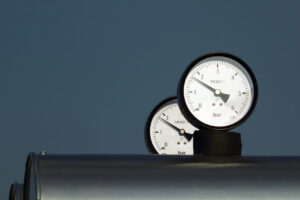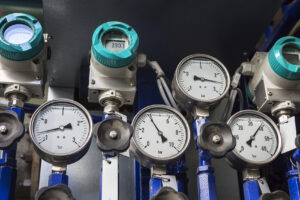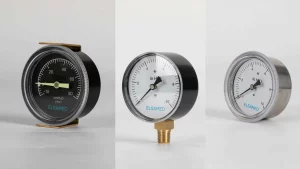The world beneath the waves holds an allure unlike any other, drawing adventurers and explorers to explore its mysteries. However, the underwater realm presents unique challenges, requiring divers to rely on specialized equipment to ensure their safety and enjoyment. Among these essential tools, pressure gauges stand out as indispensable instruments, providing critical information to divers and enabling them to navigate the depths with confidence. This essay delves into the role of pressure gauges in diving, highlighting their significance in maintaining safe diving practices and enhancing the overall diving experience.
In the underwater environment, pressure changes significantly with depth, exerting immense forces on the human body and diving equipment. Pressure gauges serve as vital indicators of depth, allowing divers to monitor their descent and ascent rates accurately. By providing real-time pressure readings, these instruments enable divers to avoid exceeding safe depth limits and mitigate the risk of decompression sickness, a potentially life-threatening condition resulting from rapid pressure changes.
One of the primary functions of pressure gauges in diving is to monitor the remaining air supply in the scuba tank. As divers consume air during their dive, the pressure within the tank gradually decreases. Pressure gauges display the tank’s current pressure, allowing divers to gauge their air consumption rate and plan their dive accordingly. This information is crucial for preventing unexpected air depletion and ensuring a safe ascent to the surface.
Pressure gauges play a pivotal role in diver safety and emergency preparedness. In the event of equipment malfunction or air supply depletion, accurate pressure readings enable divers to make informed decisions and execute emergency procedures effectively. By maintaining constant awareness of their depth and air supply, divers can react promptly to unforeseen circumstances, mitigating potential risks and ensuring a swift and safe return to the surface.
Pressure gauges also facilitate dive planning and navigation, allowing divers to chart their course and monitor their progress underwater. By tracking changes in pressure and depth, divers can create detailed dive profiles, identifying key waypoints and landmarks along their route. Additionally, pressure gauges equipped with built-in compasses or depth alarms provide valuable navigation aids, enhancing situational awareness and enabling precise underwater navigation.
In the realm of diving, where exploration meets adventure, pressure gauges serve as invaluable companions, guiding divers through the depths and ensuring their safety at every turn. From monitoring underwater pressure to managing air supply and enhancing navigation, these instruments play a multifaceted role in facilitating safe and enjoyable diving experiences. As technology continues to advance, pressure gauges will undoubtedly evolve, further enhancing their capabilities and solidifying their status as essential tools for divers worldwide.



